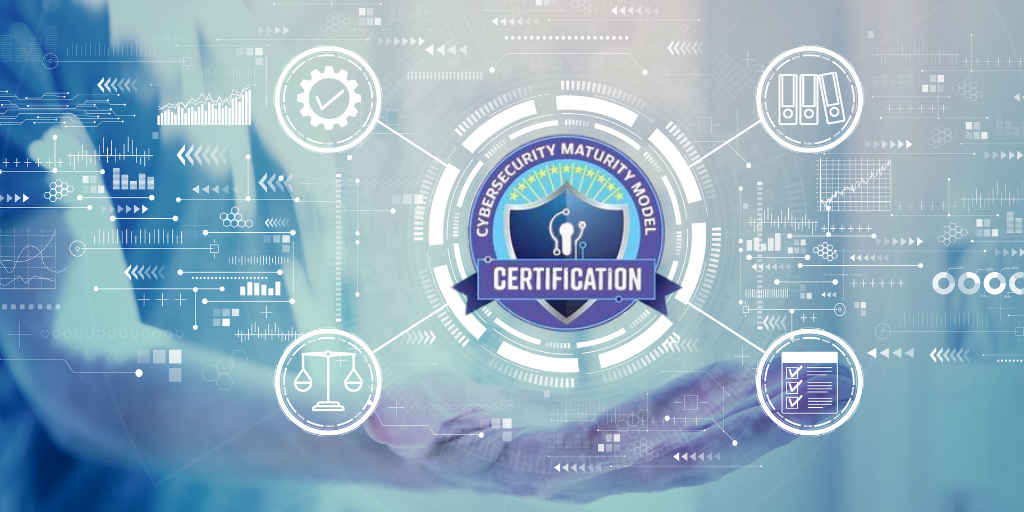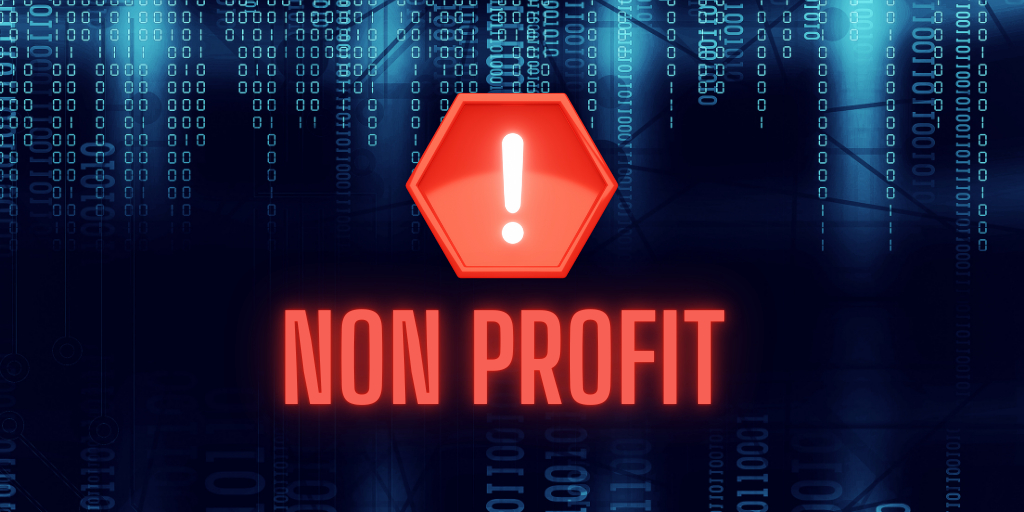Addressing CMMC Compliance Gaps for Small Businesses
Navigating the complex landscape of CMMC compliance can be a daunting task for small businesses, but with the right strategies, achieving and...
1 min read
.jpeg) Michael Markulec
:
Mar 25, 2024 9:00:00 AM
Michael Markulec
:
Mar 25, 2024 9:00:00 AM

Integrating cybersecurity into governance, risk, and compliance (GRC) frameworks is more important than ever in the modern digital landscape, where cyber risks are pervasive, and rules change faster. GRC programs serve as the backbone for organizations to achieve their business goals, manage risks effectively, and stay compliant with regulatory requirements. Incorporating cybersecurity into these programs allows organizations to align their technology decisions with business objectives while mitigating cyber risks and ensuring regulatory compliance.
The drive to integrate cyber risk into GRC stems from various factors. Cloud adoption, hybrid workforces, and emerging technologies like AI reshape organizational landscapes and necessitate robust security measures. With global spending on security and risk management projected to grow, organizations increasingly recognize the need to factor cyber risks into their GRC frameworks to manage risks across diverse technologies and effectively meet regulatory demands.
Regulations such as GDPR and CCPA impose specific cybersecurity requirements on organizations, compelling GRC frameworks to evolve accordingly. Moreover, the growing reliance on third parties underscores the importance of integrating vendor and third-party risk management into GRC initiatives to address cyber risks across the supply chain.
The recent SEC rules mandate organizations to provide oversight of cybersecurity risks, driving executive leaders to acknowledge cybersecurity as a strategic business concern. Consequently, boards demand enhanced visibility into cybersecurity risks, prompting organizations to strengthen their GRC frameworks to provide better reporting and assurance on cybersecurity issues.
The research underscores the importance of improving GRC efforts, with companies reporting fewer breaches when they have a unified view of risks. However, despite the progress, challenges persist in aligning cybersecurity with GRC. Organizations must navigate the evolving cyber threat landscape, quantify cyber risks, and ensure alignment with broader GRC objectives while meeting compliance requirements.
To address these challenges, organizations must adopt strategies that optimize threat intelligence capabilities, ensure real-time visibility of emerging regulatory mandates, and effectively focus on managing risks associated with third parties. Furthermore, leveraging existing data and adopting specialized risk management, compliance, and incident response approaches is crucial for successfully integrating cybersecurity into GRC frameworks.
Leadership plays a pivotal role in driving adequate security and governance measures. Clear governance structures, driven from the top, are essential for ensuring cyber risks are appropriately integrated into GRC considerations. Leadership support is crucial for allocating resources effectively and fostering a culture of cyber awareness across the organization.
In conclusion, integrating cybersecurity into GRC frameworks is imperative for organizations to navigate today's complex threat landscape, meet regulatory requirements, and safeguard their digital assets effectively. Organizations can strengthen their resilience in the face of evolving cyber threats by aligning technology decisions with business objectives, mitigating cyber risks, and ensuring regulatory compliance.

Navigating the complex landscape of CMMC compliance can be a daunting task for small businesses, but with the right strategies, achieving and...

In an increasingly digital world, non-profits are prime targets for cyber threats. You can just discover how a Virtual CISO can protect your...

Small businesses must prioritize secure messaging to protect sensitive information and maintain customer trust.